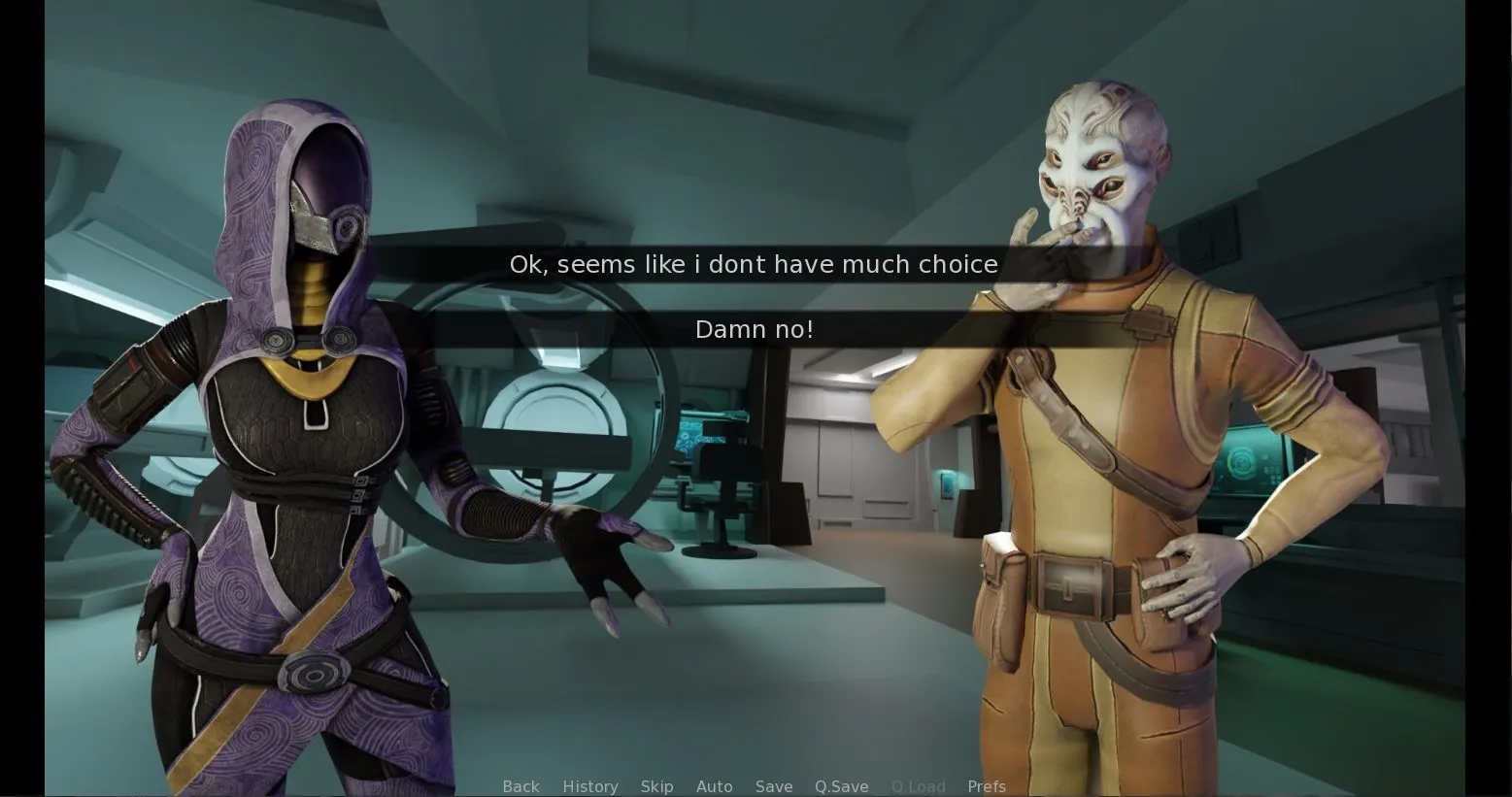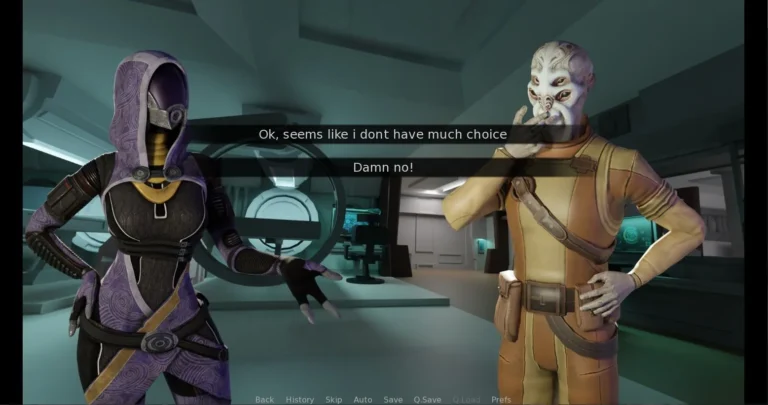
The Pilgrimage
Play The Pilgrimage
The Pilgrimage review
A Deep Dive into Interactive Storytelling
The Pilgrimage is a captivating game that delves into the realm of interactive storytelling, offering players a unique experience through its narrative and gameplay mechanics. This article will explore the game’s core elements, themes, and how it engages players in a journey of discovery.
Chapter 1: Gameplay Mechanics
What Makes The Pilgrimage Unique?
Picture this: you’re standing at a crossroads in a misty forest, and instead of clicking pre-set dialogue options, you type “whisper to the trees” just to see what happens. 🍃 That’s The Pilgrimage in a nutshell—a game that throws out the rulebook and hands you a keyboard-shaped key to its soul. Unlike most games that funnel you down polished paths, this gem leans into parser-driven gameplay, where every command you type—whether logical or wildly creative—shapes the story. It’s like having a conversation with the game itself, and honestly? It’s addictively unpredictable.
I remember my first playthrough, when I tried to “bribe the guard with a half-eaten sandwich” instead of fighting him. To my shock, it worked—he laughed, called me ridiculous, and let me pass. 🤣 That moment sold me on interactive storytelling done right. The game doesn’t just react to your choices—it rewards curiosity. While other titles might punish you for thinking outside the box, The Pilgrimage thrives on it.
Here’s why it stands out:
– No hand-holding: You’re not babysat by quest markers or glowing trails.
– True agency: Every action, even typos (“pet the dg”), can spiral into unexpected outcomes.
– Rich world-building: The parser understands synonyms, slang, and even sarcasm (yes, “yeet the sword” actually works).
| Traditional Games | The Pilgrimage |
|---|---|
| Limited dialogue choices | Type *anything* and watch the world respond |
| Fixed outcomes | Branching stories shaped by tiny details |
| Predictable NPCs | Characters remember your past actions (and grudges) |
Navigating the Game World
Let’s talk about getting lost—in the best way possible. 🗺️ Game world navigation in The Pilgrimage feels less like following a map and more like exploring a living, breathing universe. Want to climb that mountain? Type “scale the cliffs”. Prefer to sneak through the caves below? Try “crawl through the damp tunnels”. The parser doesn’t just accept commands—it anticipates your curiosity.
During one playthrough, I stumbled into a hidden village by accidentally typing “follow the weird-shaped cloud”. 🌥️ Turns out, that cloud was a clue to a secret questline! The game’s environments are packed with these Easter eggs, rewarding players who treat the world like a playground rather than a checklist.
Pro tip: Pay attention to sensory details. The parser responds to smells, sounds, and even the weather. For example:
– “Sniff the air” might reveal a nearby campfire.
– “Listen to the wind” could hint at approaching danger.
– “Taste the rainwater”… well, let’s just say it’s not always a good idea. 😅
This isn’t just about typing commands—it’s about thinking like your character. Are you a cautious traveler or a chaotic adventurer? Your approach to game world navigation decides whether you’ll uncover ancient ruins or trigger a stampede of irritable goats. 🐐 (Trust me, the goats are a problem.)
Player Choice and Consequences
Here’s where The Pilgrimage truly shines: player choice isn’t just a mechanic—it’s the heartbeat of the game. Every decision, from major alliances to trivial chatter, ripples through the story. Forget “good vs. evil” binaries; this game deals in moral grayscale.
Take this example: Early on, you meet a starving beggar. You could:
1. “Give him your last apple” → He becomes a loyal ally later.
2. “Ignore him” → He robs you in your sleep.
3. “Challenge him to a dance-off” → …He’s surprisingly good at the cha-cha. 💃
But here’s the kicker: consequences of player actions aren’t always immediate. That apple you gave away? It’s the same one a merchant desperately needed to cure his sick daughter three chapters later. Now you’re scrambling to find a replacement, and the merchant’s fate—and your reputation—hangs in the balance.
| Your Choice | Short-Term Result | Long-Term Consequence |
|---|---|---|
| Steal the sacred relic | Gain powerful magic | Cursed by the temple gods |
| Befriend the bandits | Access to black market gear | Guards refuse to help you |
| Save the drowning puppy | Slows your journey | Puppy grows up to save *you* later |
The game’s genius lies in how it remembers. NPCs reference your past actions, locations change based on your influence, and even the weather shifts to mirror your emotional arc. ☔️ Did you mock the rain god earlier? Enjoy the eternal thunderstorm.
Why This Matters for You
So, why should you care about parser-driven gameplay or interactive storytelling? Because The Pilgrimage isn’t just a game—it’s a masterclass in creative freedom. It asks, “What kind of story do you want to tell?” and then hands you the pen. Whether you’re here for the chaos, the drama, or the sheer joy of typing “seduce the dragon” (it works, by the way 🐉), this game proves that player choice isn’t a buzzword—it’s an art form.
Ready to dive in? Just remember: in The Pilgrimage, there’s no “wrong” way to play—only consequences. And maybe a few vengeful goats. 😉
In conclusion, The Pilgrimage offers a rich and immersive experience through its unique gameplay mechanics and narrative depth. By exploring the game’s themes and mechanics, players can gain a deeper understanding of the storytelling process and the impact of their decisions within the game world. For those interested in interactive storytelling, The Pilgrimage is certainly worth exploring.














